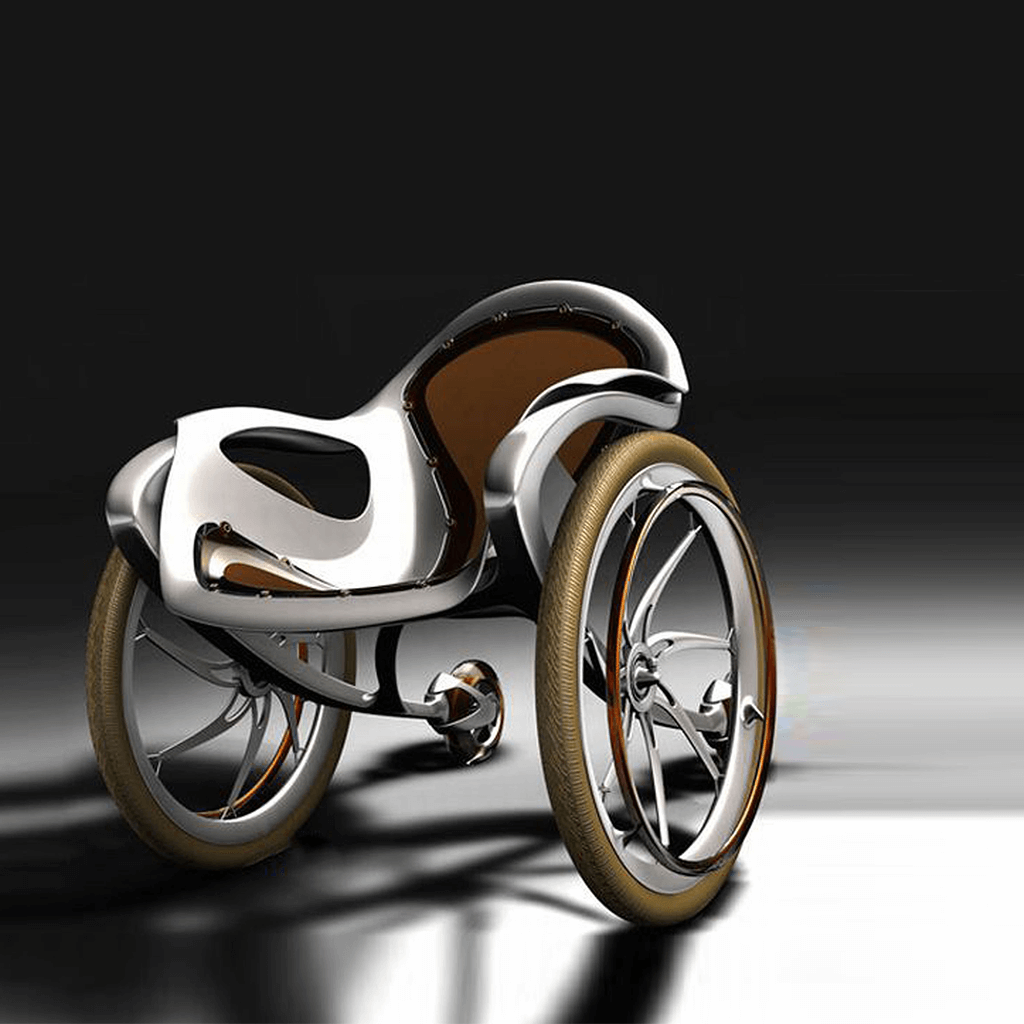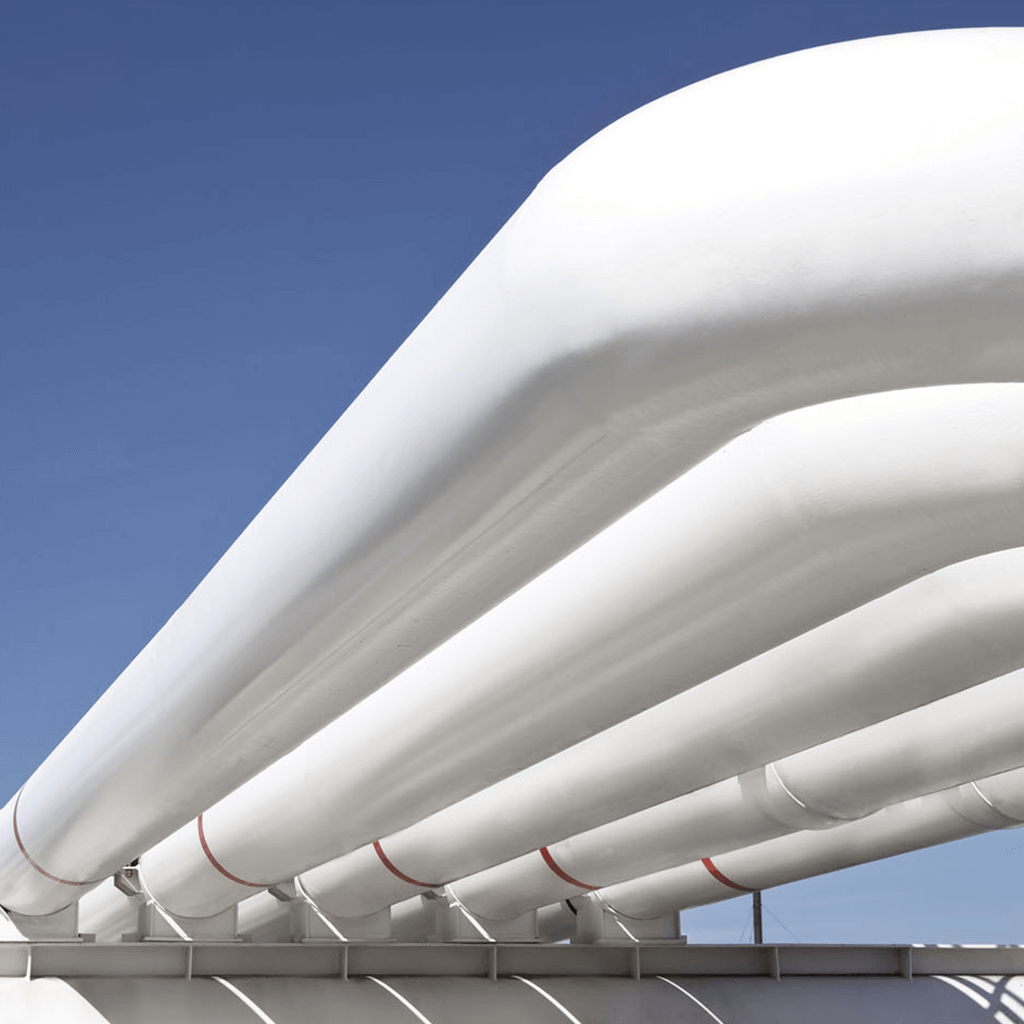Building a world championship winner
Grand Largue Composites and Sicomin joined forces to build the first flax fibre Class40 racing yacht. Substantial parts of this boat are built with a new sustainable material that needs special care and skills in lamination, especially infusion. This article describes the successful partnership established by the designer and the builder to create a lighter and faster racing boat. This article has been published in the JEC Composites Magazine N°149.

Aurelien Ducroz’s Crosscall, which won the Class40 World Championships in June 2022, was built by a highly-skilled independent infusion specialist, Grand Largue Composites (GLC) in Caen, France. Crosscall is the prototype of the new Lift V2 design by Marc Lombard, one of the leading naval architects in this field. It is also the first Class40 (and probably the first ocean racing yacht of any kind) ever built with a significant amount of natural flax fibre.
Class40 is one of the most competitive fleets in yacht racing, for both sailors and naval architects. The weight, strength and stiffness of composite structures are just as crucial in grand prix ocean racing as they are in Formula One motorsport, but the racecourse is thousands of miles and violent storm force conditions are often encountered, meaning long-term durability is vitally important.
A further complication is that carbon fibre is banned in hull construction to keep costs under control, so builders must strive for excellence and competitive advantage while using regular glass fibre instead. The quality and reliability of the resins used for infusion and lamination are therefore of paramount importance. And that’s where Sicomin comes in.
A game-changing design
Proving to be even faster than Lombard’s design software had calculated, Crosscall is an excellent performer in light winds. While the boat is showing itself to be a good all-rounder, it was designed and optimised for a specific purpose: winning the Route du Rhum.
Staged once every four years since 1978, the Route du Rhum is the classic single-handed race across the Atlantic Ocean – more than 3,500 miles from St-Malo in Brittany to Pointe-à-Pitre in Guadeloupe, starting in November. It attracts the world’s top professional ocean racing sailors, including a huge fleet of Class40s.
The Lift V2 is a development of Lombard’s Lift 40 design that won the last Route du Rhum in 2018, crossing the Atlantic in 16 days and three hours and establishing a new class record. Crosscall is capable of shaving another whole day off that record, given similar weather.

World-class composite skills
Over the last 15 years, GLC earned an enviable reputation for the quality of its vacuum- infused epoxy composite hulls, parts and structures. Sicomin has always been their sole supplier of epoxy resins for infusion, hand lamination and adhesion, also supplying fibres, core materials and more.
Ducroz was very keen to use as much flax as possible in the build but Lombard – who had to certify and warranty the boat’s structure in ocean racing use – was more cautious. A compromise was reached: the cockpit was designed to be effectively non-structural with the mainsheet, which can generate huge shock loads, supported separately. This allowed the cockpit to be built with a 50%-flax hybrid biaxial fibre that was produced specifically for the project. Other parts of the boat incorporating flax fibre include the tunnel, the engine cover, the ballast tanks and the cap. The rest of the boat is reinforced with 100% glass fibre. Given the enormous stress loads that a Class40 hull must withstand, the extreme danger of any structural failure in mid-ocean and the need to make these boats as lightweight as possible, using even that amount of a relatively unproven material such as flax is quite a bold move.

Flax fibre construction
The fact that Crosscall came out of GLC’s shed weighing less than its design displacement is remarkable, given that a huge amount of attention to detail went into designing the lamination plan, and also because flax can easily absorb a lot more resin than glass fibre unless the infusion process is carefully and skilfully controlled.
Flax is twice as light as glass but only half as strong. With the right infusion technique, a flax fibre hull can be the same weight as a glass fibre hull and very nearly as stiff , but its lower strength limits its use in an ocean racing hull that needs to be fully optimised for light weight and high performance. For a non-racing boat with lower performance, flax is ok but it is more expensive today and the cost can be a major problem. At this early stage of its adoption, flax is also more time-consuming for boatbuilders because, like any new material, they don’t have the familiarity and long experience of using it.
Crosscall’s construction is the same as a Class40 built in all glass fibre. Epoxy resin is used throughout as it is stronger and lighter than polyester or vinylester, and all parts are made with a high-density closed-cell PVC foam core. Four diff erent types of glass fibre are used in addition to the flax fi bre. All the fibres and foam, as well as the resins, are Sicomin products.
The hull was moulded and infused in one piece and the deck – including the hybrid flax fibre cockpit – was also infused as a single part. The internal structure was then laminated into the hull by hand before the hull and deck were finally bonded together. An epoxy bonding primer was applied to the moulds first to make demoulding easier, and it also served as an undercoat in the polyurethane exterior paint system, which is used instead of a gelcoat to protect the epoxy hull from UV damage.

The very best materials
The main infusion resin selected for Crosscall’s construction is Sicomin’s SR 1710, a high-modulus structural epoxy system with extremely high performance. Designed specifically for infusion and injection, it has very low viscosity and its low-reactivity hardener makes it suitable for large part manufacturing. SR 1710 has excellent mechanical properties, especially its interlaminar shear strength, and it retains those properties in a wet environment, so it is ideal for the hull of an ocean racing yacht that will be subjected to millions of violent, repetitive load cycles as it slams through waves at high speed for several weeks in every race.
Sicomin’s SR 8200 was used to laminate the internal structures onto the hull skin. Ideal for hand laminating, this system includes a choice of hardeners with a wide range of reactivities, which makes it equally suitable for making large or small parts. Its three main advantages for boatbuilding are its low toxicity, extremely strong mechanical properties, and relatively low cost. During application the low level of odour and fumes is remarkable. Because the maximum temperature resistance is at least 90°C, the parts need to be post-cured to enable them to work at a service temperature of 60 to 70°C.
The hull and deck are joined together with Sicomin’s Isobond SR 7100, a high-performance adhesive epoxy specifically designed for composite structural bonding. Crucially for the hull of an ocean racing yacht, it has a very high fatigue strength and excellent resistance to micro-crack propagation. Due to its gel texture, it is easy to apply even on vertical surfaces such as the upper part of a boat’s hull-deck joint and three variable-speed hardeners are available.
Another product that played a very useful role in this build is the Undercoat EP 215 HB+ epoxy bonding primer, supplied by Sicomin’s sister company Map Yachting. GLC has been using it for six years and does not make any parts without it. It is a good interface between the composite part and the hull paint, is easier to demould, gives a surface with low porosity and is very easy to sand, much easier than resin. The primer is normally used as a very thin film but a thicker coat can be applied if there is more porosity on the surface.
Building on success
Since the launch of Crosscall, GLC has started building a second Lift V2 Class40 and a third one is now planned. The hull and deck will be exactly the same, with some modifications to the internal structures. The mast step aft was moved by 10cm and the keel is slightly modified. The weight distribution will be subtly changed to account for the Lift V2’s higher-than-expected boat speed, with more weight carried further aft to keep the bow trimmed up and prevent the boat from nose-diving when it is powering through big waves.
The second boat is all glass fibre because the sailor did not want the complication and expense of flax. But for the next one, GLC is talking about flax again.
Want to enlarge your composite knowledge?
Subscribe now and access to the latest JEC Composites Magazine.












